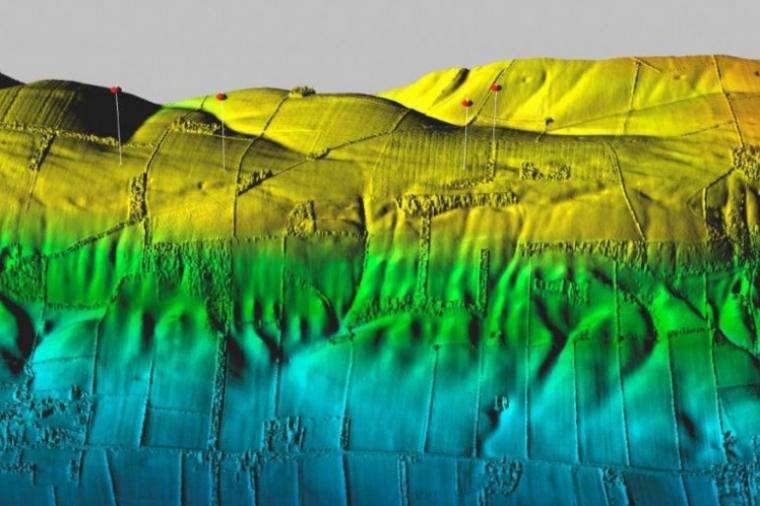Digital Design
When you need directions to a location, where do you go to find them? If you’re like most people, you go to Google Maps. It’s the most popular mapping application in the world. Its companion application, Google Earth, has been downloaded more than 950 million times. But these familiar tools aren’t just for personal use. They’re also being used in crisis response situations, helping city and county governments to make critical information accessible to their response teams and to the public. Google Maps Engine, formerly known as Google Earth Builder, is a combination of Google Maps, Google Earth and other tools organized to help government organizations streamline emergency management processes.
Digital Design
Last year’s east coast earthquake was a first for many – including myself. Many are questioning whether or not the eastern seaboard will continue to experience earthquakes in the near future.
IT Perspective, Uncategorized
DLT’s Greg Agana provides a friendly reminder for everyone out there that troubleshooting difficult software application issues doesn't have to be as hard as quantum mechanics.
When you run into an issue, like you would in Solaris or RHEL, there are a few steps we go through to figure out what exactly is causing the problem.
Digital Design
Some of us - including myself – may read a Dummies book and experience “sensory overload”. For those of you who are learning about LiDAR and how it works, here is some basic knowledge (drawn from this free “LiDAR for Dummies” ebook ) that can help you understand this system better and how it can help optimize your surveying activities.
Data & Storage, Uncategorized
Datacenter growth is one of the larger challenges encountered by datacenter managers today. The key solutions to combat these challenges are consolidation and virtualization. There are many virtualization solutions available, such as Oracle VM, and all of them are effective for server consolidation. The Sun ZFS Storage Appliance can integrate and interoperate with any of these solutions but does best with Oracle VM and VMware.
Open Source, Uncategorized
David Blankenhorn, DLT’s Chief Cloud Technologist, recently sat down with fedScoop TV to discuss the importance of open source software for government. In addition to providing an overview of the open source landscape, David includes recommendations for agencies exploring open source options.





